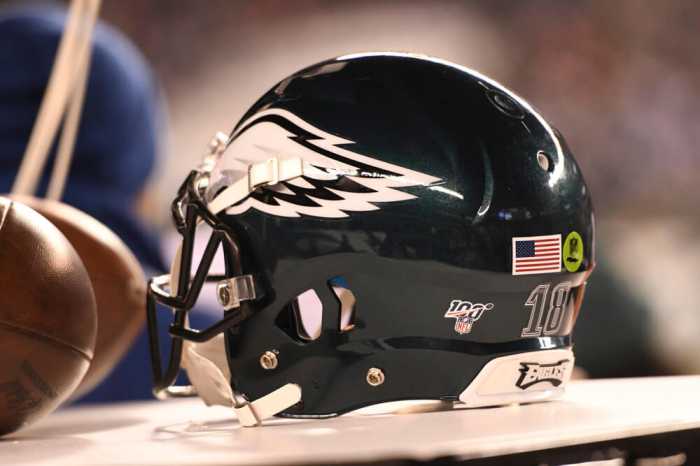In the last few years, football players at all levels have become increasingly concerned about chronic traumatic encephalopathy or CTE, as it has become more evident that repeated head injuries lead to the condition. In fact, a recent study found that in a study of football players who have passed away, over 99% of them had CTE. But why are football players at such a risk of this type of brain damage, especially since they are required to wear a helmet to protect their heads? The answer isn’t fully clear, but there are some clues.
What is CTE?
Before we get into the causes of CTE in football players, let’s take a look at what CTE is. CTE is the name for a degenerative brain disease that manifests in people who have suffered repeated head injuries. It’s not fully understood yet exactly how repeated head traumas cause the brain to change, but it is characterized by symptoms such as cognitive impairment (difficulty thinking), memory loss, executive functioning problems (planning, organizing, carrying out tasks), impulsive behavior, aggression, depression, emotional instability, and motor control issues.
These symptoms don’t occur right after a head injury, but instead show up following years of repeated head trauma or after an older individual suffers a secondary impact to their head later in life. CTE cannot be officially diagnosed while a person is alive because it requires manual examination of the brain. There is also no known cure for CTE.
CTE Causes in Football Players
The short answer is that CTE in football players is caused by repeated blows to the head. All player positions are at risk of suffering blows to the head, either when they hit each other or the ground. Whiplash and impact injuries are the main causes of concussions in the National Football League and repeated concussions are a precursor to CTE. Even what appear to be minor hits to the head can lead to mild concussions that compound with each additional blow.
Why Helmets Don’t Work
Football is a violent sport, which is why players are required to wear helmets that meet or exceed NOCSAE standards that are set by the Safety Equipment Institute (SEI), the body responsible for establishing standards for safety equipment in sports. Unfortunately, even a helmet that meets these standards doesn’t prevent concussions.
Helmets protect players against skull fractures and other damage to the outside body. But, because the brain moves independently inside the skull, there isn’t any safety equipment that can prevent this movement in the event of a violent collision. The brain is not designed to move violently back and forth inside the skull as it does with whiplash and impact injuries. Moreover, the resulting brain trauma never fully heals, and it is especially resistant to recovery if another head injury occurs in the meantime.
Conclusion
The human brain is one organ that scientists don’t fully understand, but they do know that repeated head injuries, even in football players wearing helmets, are altering the brain’s function. Currently, research efforts are focused on lowering a football player’s odds of getting CTE, but for now, it’s almost a given that football players are damaging their brains with each on-field collision.
Photo by Andy Lewis/Icon Sportswire



























